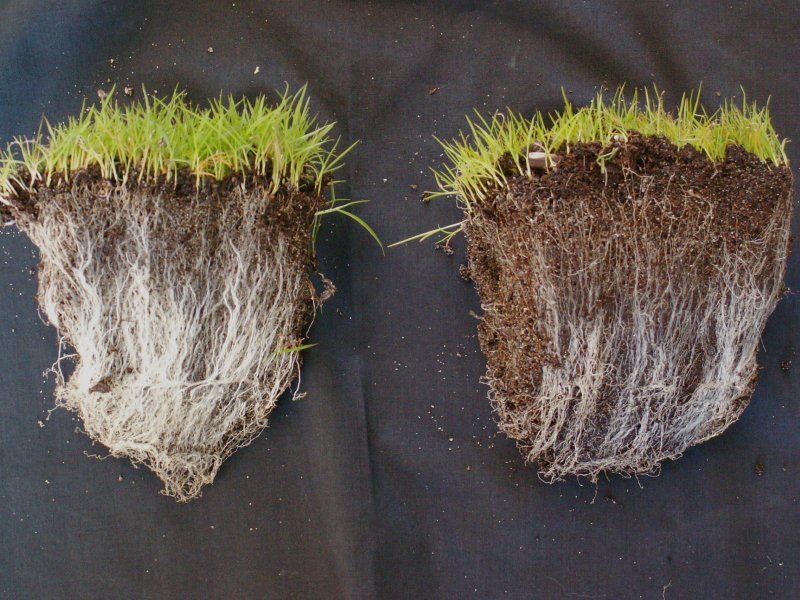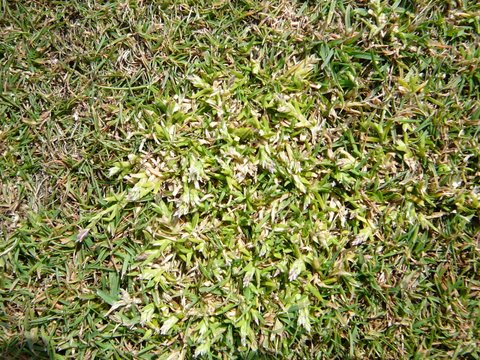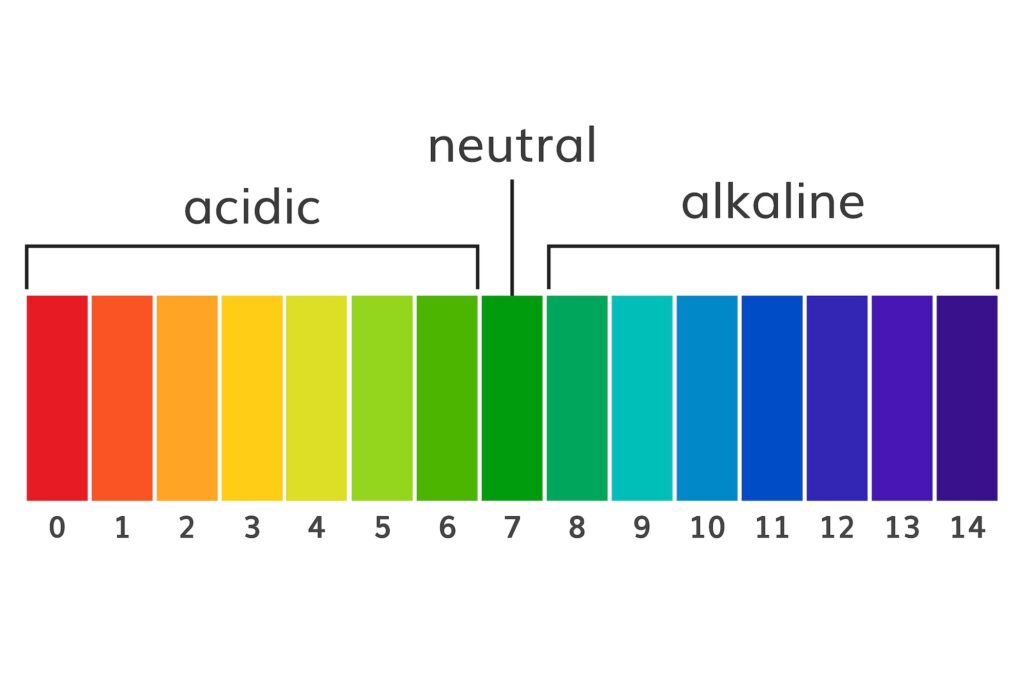Mycorrhizal fungi and turf health go hand in hand. The symbiotic relationships that exist between our turf grass plants and soil fungi are critical to producing a high performance, perennial grass dominated sward. Here we look at the benefits of mycorrhizal relationships in turf and the techniques greenkeepers can employ to encourage them.





